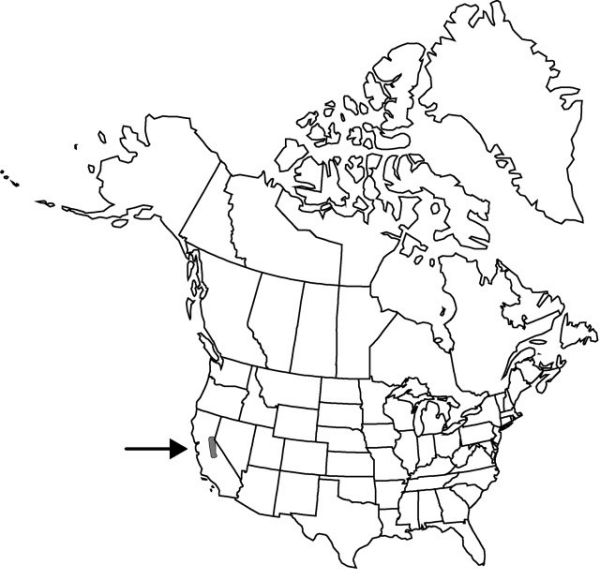Difference between revisions of "Fritillaria micrantha"
Muhlenbergia 6: 83. 1910.
Common names: Brown bells
Basionym: Fritillaria parviflora Torrey
FNA>Volume Importer |
FNA>Volume Importer |
||
| Line 51: | Line 51: | ||
|publication year=1910 | |publication year=1910 | ||
|special status= | |special status= | ||
| − | |source xml=https://jpend@bitbucket.org/aafc-mbb/fna-data-curation.git/src/ | + | |source xml=https://jpend@bitbucket.org/aafc-mbb/fna-data-curation.git/src/8f726806613d60c220dc4493de13607dd3150896/coarse_grained_fna_xml/V26/V26_292.xml |
|genus=Fritillaria | |genus=Fritillaria | ||
|species=Fritillaria micrantha | |species=Fritillaria micrantha | ||
Revision as of 17:43, 18 September 2019
Bulb scales: large 1–4; small 12–60. Stem 4–9 dm. Leaves in 1–3 whorls of 4–6 leaves per node proximally, alternate distally, 4.5–15 cm, usually shorter than inflorescence; blade linear to narrowly lanceolate; distal leaves usually ± equaling proximalmost leaf. Flowers nodding; tepals purplish to greenish white, sometimes faintly mottled, 1–2 cm, apex not recurved; nectaries greenish white, dotted purple, narrowly lanceolate, more than 1/3 but less than 1/2 tepal length; style obviously branched for 1/3–2/3 its length, branches strongly recurved, longer than 1.5 mm. Capsules broadly winged. 2n = 24.
Phenology: Flowering Apr–Jun.
Habitat: Dry benches and slopes to forest
Elevation: 300–1800 m
Discussion
Selected References
None.
Lower Taxa
None.
